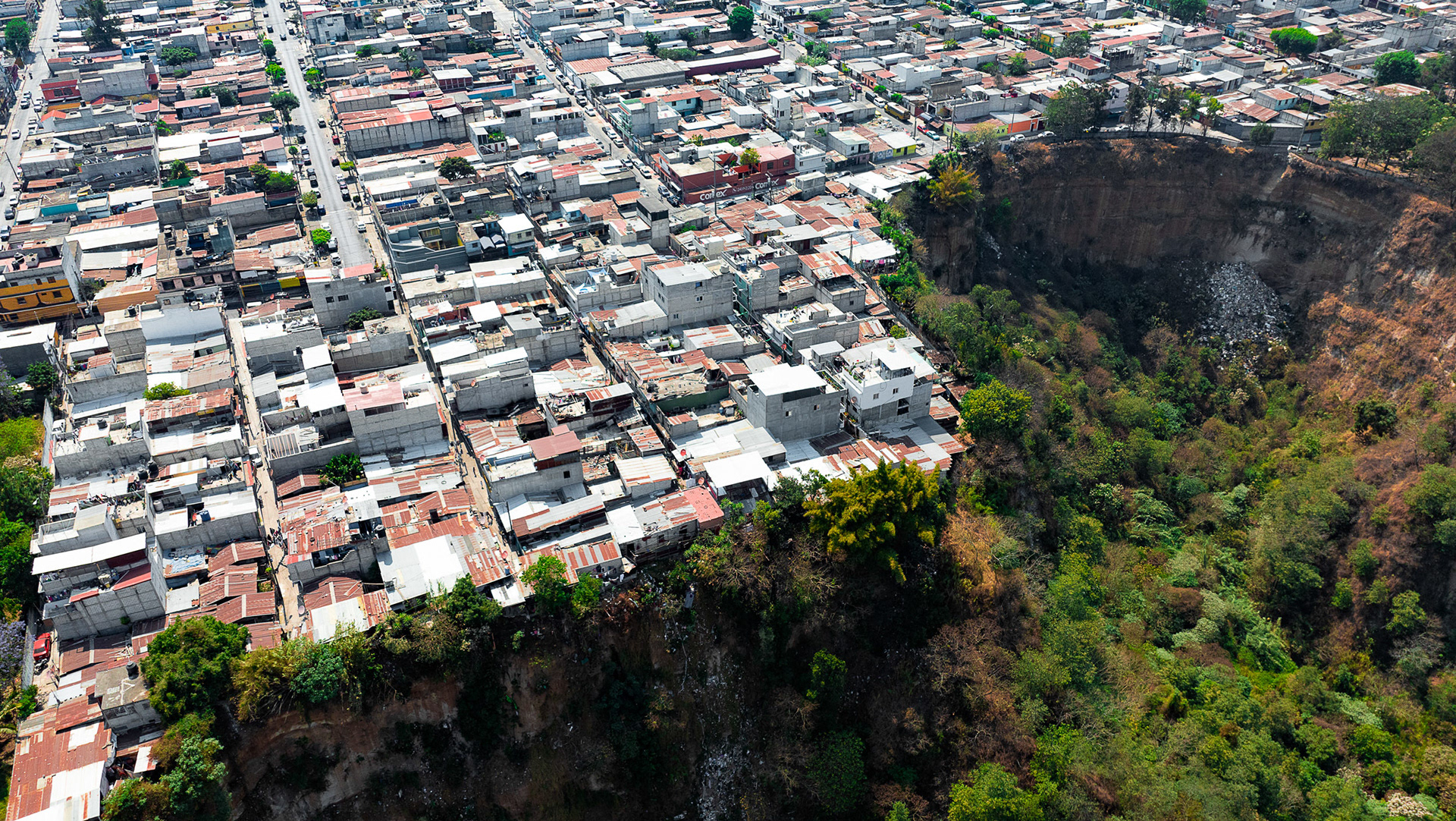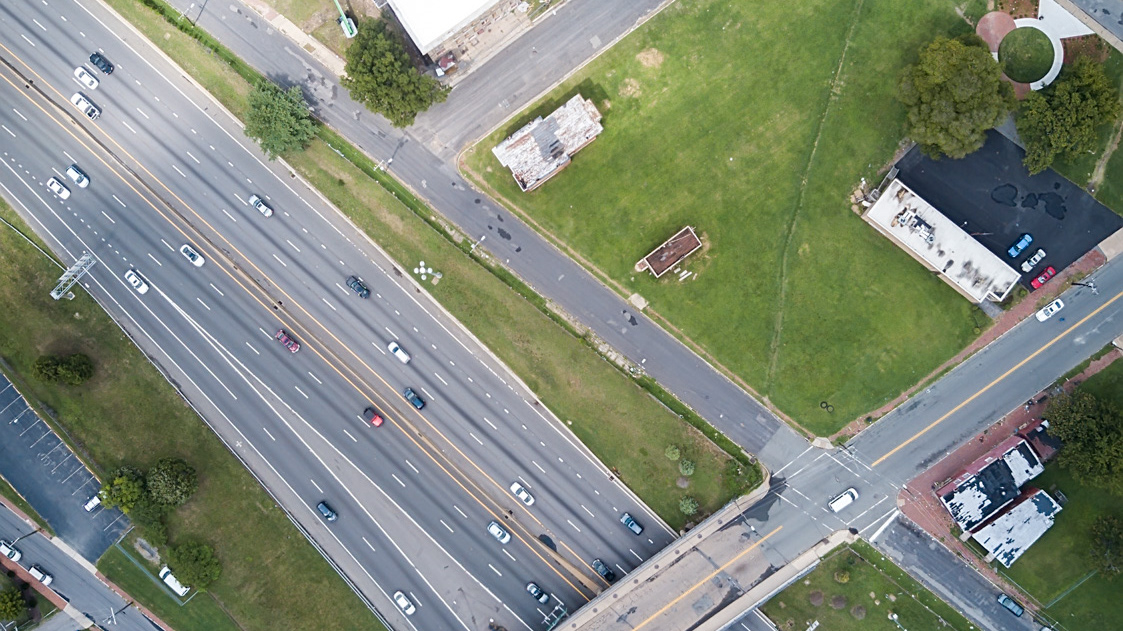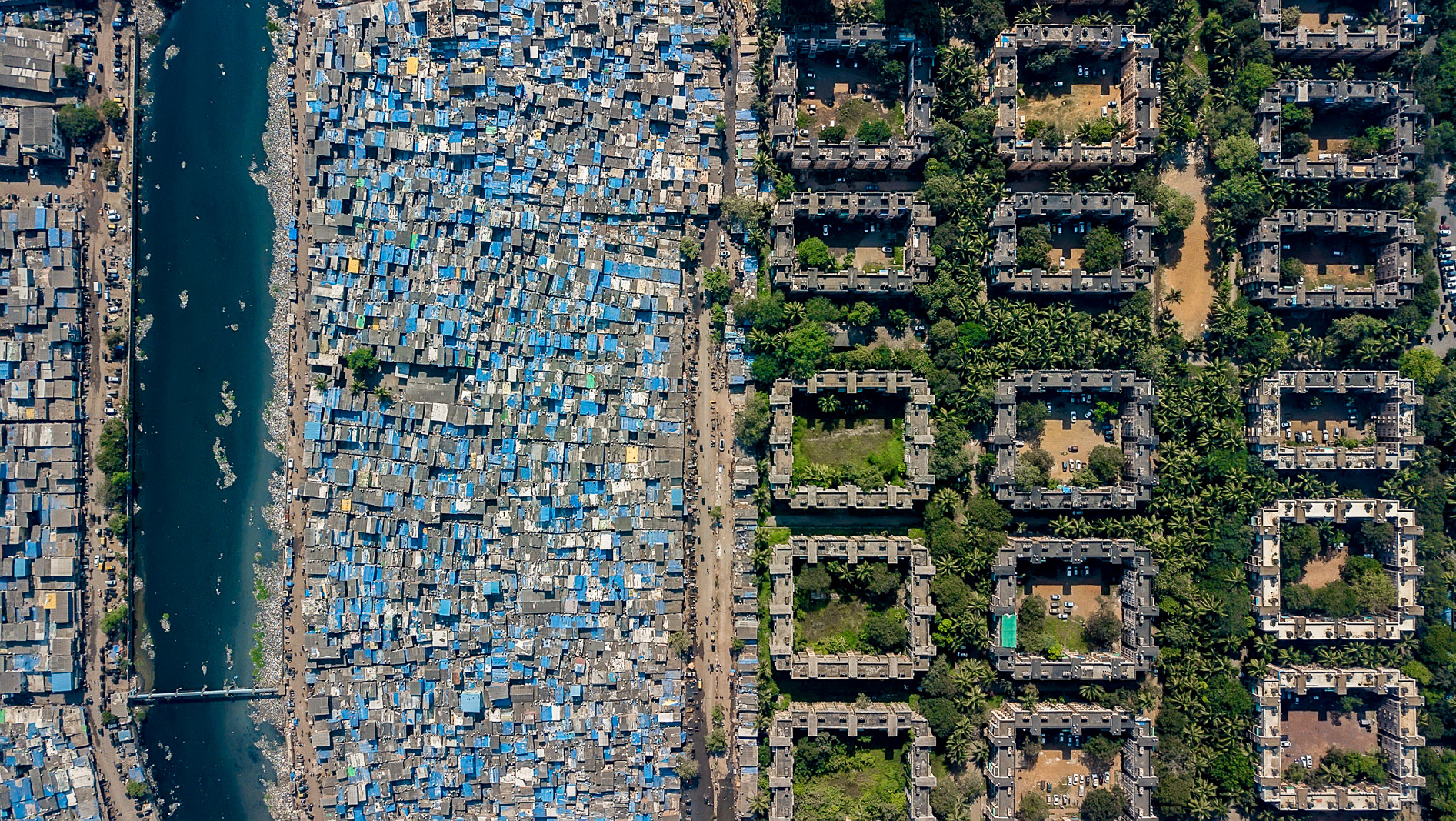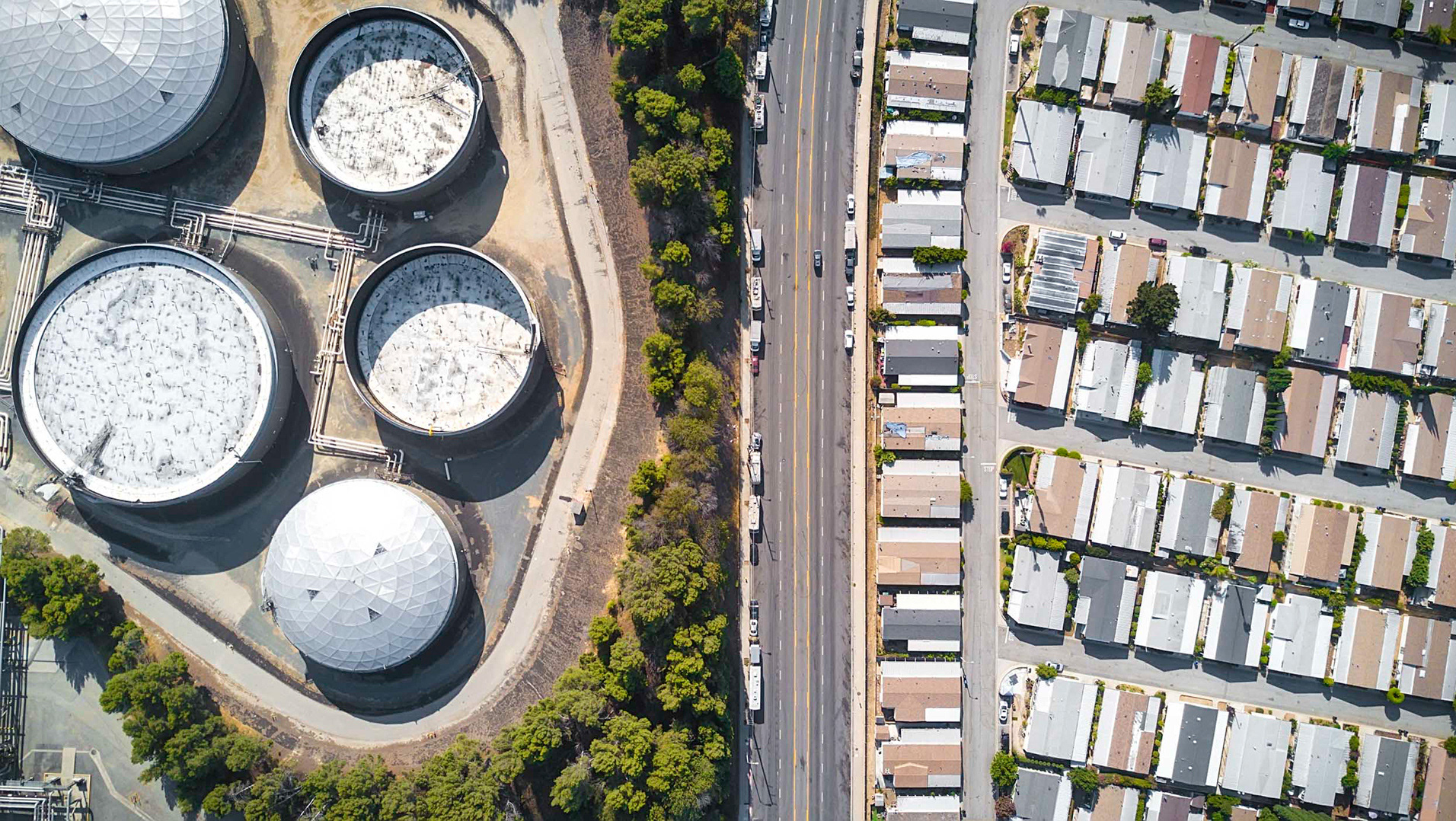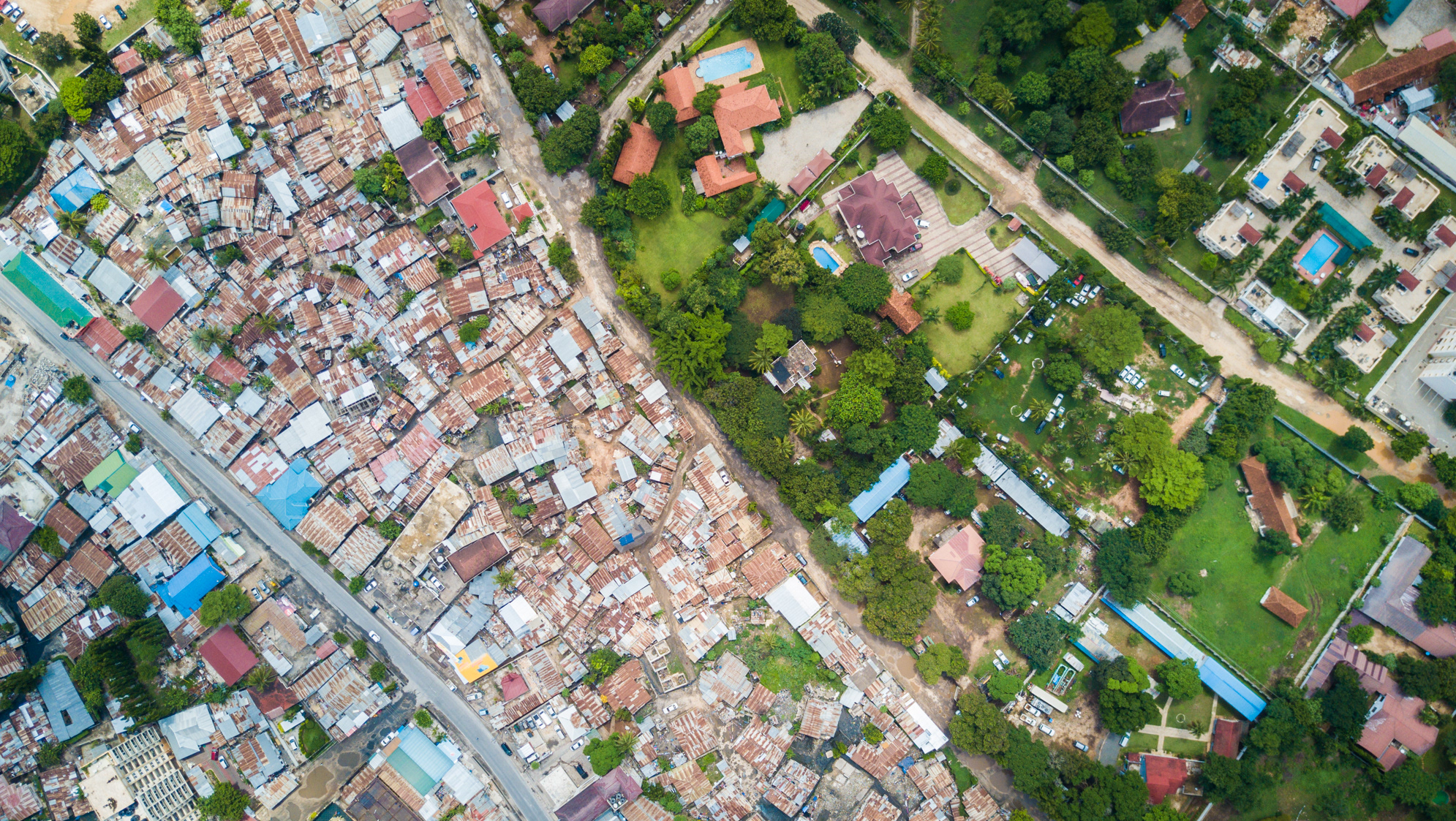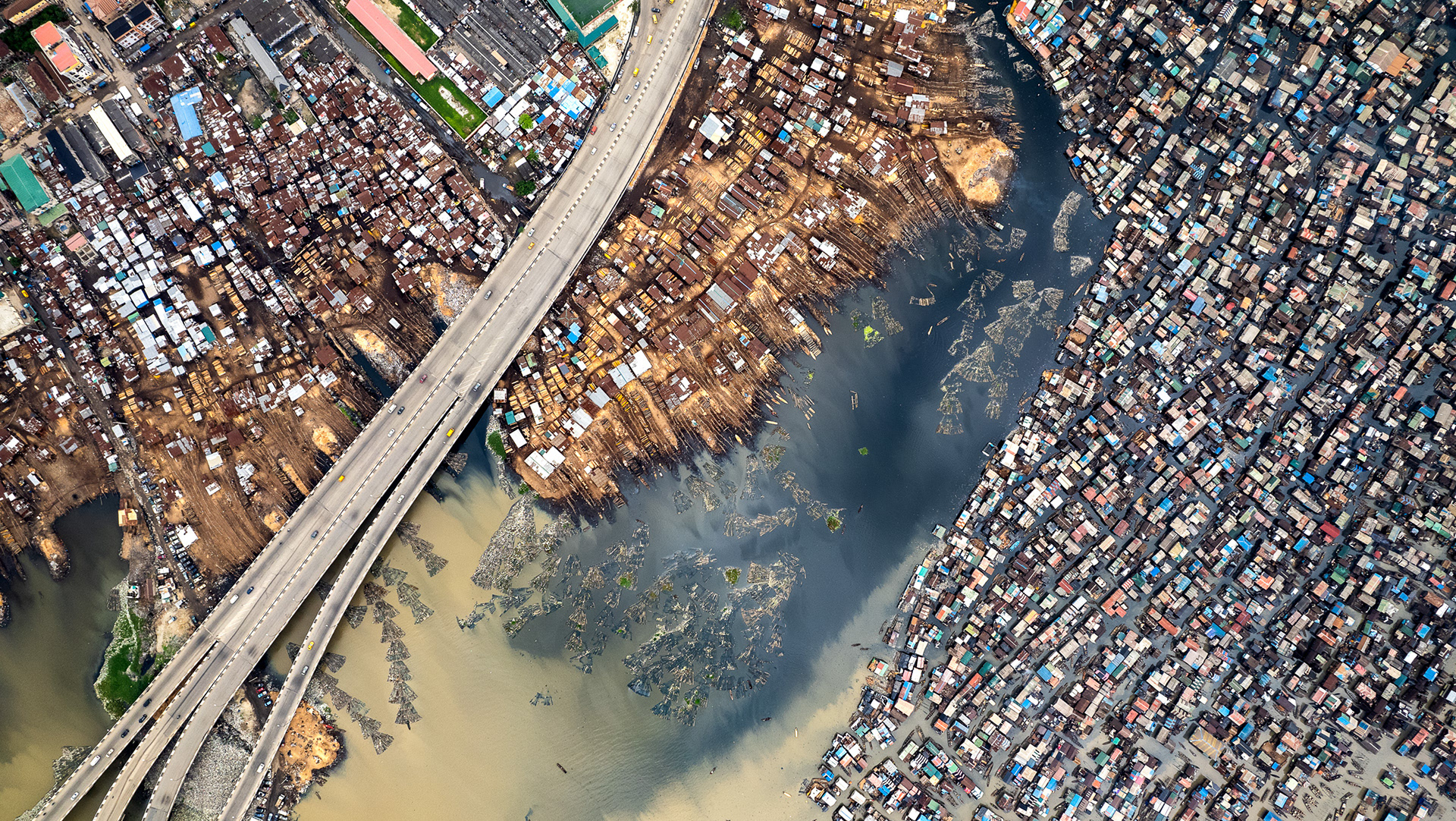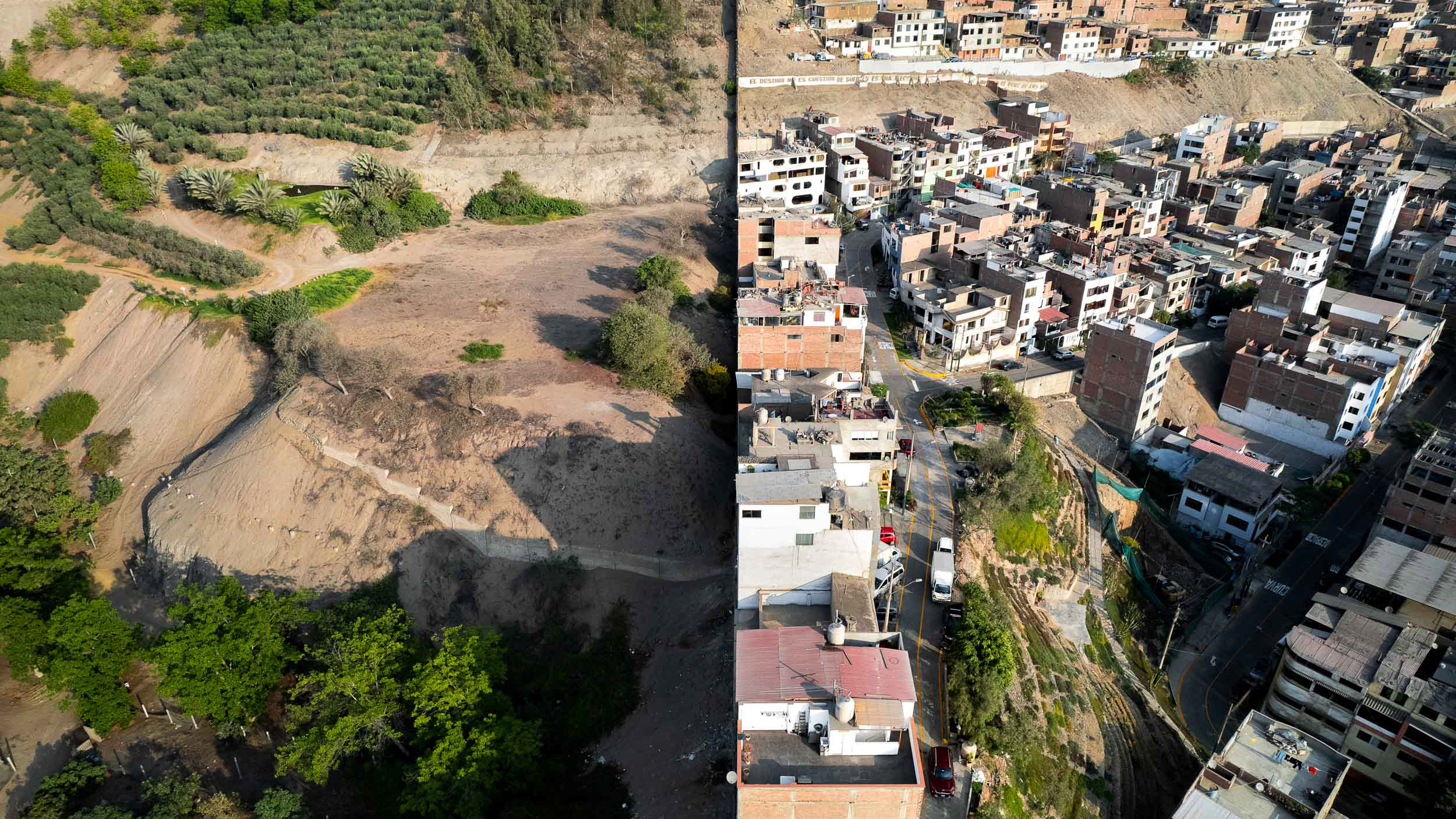Dense neighborhoods pour down the hills of Valparaiso, Chile.
The edge of the expanding city of Santiago is a mix of working class, informality, and wealth - seen here in Padre Hurtado.
The neighborhood of Lo Barnechea is one of the wealthiest parts of Santiago, but also comprises this poor suburb which takes up all of Cerro 18.
Many of these informal shacks are inhabited by non-Chileans - Haitians, Colombians, Venezuelans - who have come to South America's wealthiest country for a chance at stability and wealth.
Partitioned neighborhoods in the wealthy Peñalolén neighborhood.
The Virgin Mary overlooking Santiago in Lo Barnechea. A surveillance balloon (in the background) provides an eye in the sky protecting the wealthy community just behind this poorer neighborhood.
Most of Santiago's informal areas are quickly being formalized by the government. Every single one I found was in the process of having apartment blocks being built next to it, including this one, probably the largest in Santiago, in Cerrillos.
Tensions between Chileans and the immigrants who mainly live in these shacks are beginning to surface, as the numbers have risen precipitously in the last 10 years, especially from places like Haiti and Venezuela.
The "vertical ghettos" of Estación Central dwarf the surrounding neighborhoods.
A Valparaiso hillside.
A Valparaiso hillside.
The lush and productive farmland of the valley in which Santiago sits is steadily being cleared for neighborhoods like this one in the Padre Hurtado neighborhood. The city has grown about 60% in the last 40 years.
A massive blackout which affected the entire city happened on February 25, 2025, when i happened to be there, leading to huge traffic jams as the city's metro service and most traffic lights were affected.
The "Vertical ghettos" of Santiago.
Inequality in one of the wealthiest neighborhoods of Santiago, Lo Barnechea.
A golf course nestled within the poor neighborhood of Reñaca in Viña del Mar.
Housing perched on the edge of the Pacific Ocean in Valparaiso.
Luxury developments along the coast in Concon, near Valparaiso.
This informal settlement in Santiago is in the process of being formalized as all seem to be, with soccer fields, tennis courts and basketball courts added along with bridges for access.
Cerro San Cristobal separates poorer neighborhoods like this one from the wealthy parts of downtown Santiago.
Nice houses in the hills overlook poor homes in the Huecheraba area of Santiago.
Social housing with added structures within them, Lo Barnechea.
Economic divide in Las Condes, Santiago.

